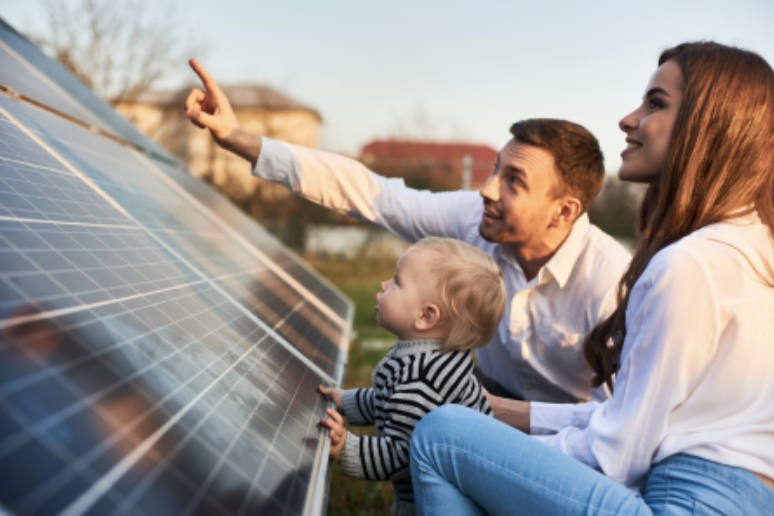Time to read : 3 Minutes
More Australians than ever are interested in doing their part to help the planet. Last year 24% of our electricity came from renewables but we have a long way to go to catch up with Costa Rica - they managed an impressive 98% in the same period for theirs.
55% of us agree that using renewable energy is important – but – only 8% of Australians have signed up. So what's stopping us? Let's break it down.
What you need to know
You would have to be living in an igloo (that hasn't melted) to not know that climate change is a big issue. It's so serious that the Clean Energy Council has recommended to the Government that we take urgent action now to make all electricity renewable by 2030.
The big benefit of renewable energy generation is the reduction in greenhouse gas emissions compared to coal power plants.
There is also little threat of renewable sources like solar and wind power running out.
But.. sustainable energy sources are still typically more expensive than fossil fuels like coal.
Australia also need to update a lot of our electricity grid infrastructure to better distribute sustainable energy – and that’s expensive too.
Solar panels, wind turbines and batteries also contain a range of rare earth elements, which need to be mined.
Australia’s energy companies are doing a pretty good job in managing a relatively smooth transition from fossil fuels to sustainable energy. Most energy retailers now offer green power choices to Australian households and cater for a range of budgets.
Be aware: various federal and state government rebates and incentives are available to help reduce the up-front cost of setting up a roof-top solar and battery system.
According to the Australian Energy Foundation – once they are installed – you can expect to reduce your electricity bills by 30 to 60%.
It'll take a typical home about three to six years to recoup the upfront cost, although that depends on your energy usage. The more electricity you use through the day, the faster you’ll recoup your up-front investment.
What you can do
There are plenty of options to choose from if you want to support sustainable energy.
Go carbon neutral: Carbon offsetting your energy usage is the most budget-friendly option. Some energy retailers offer free carbon offsetting programs, while others charge a small fee (as low as $1 per week) to offset your carbon emissions.
Switch to a GreenPower plan: If you choose to purchase a 100% GreenPower plan, you’ll pay around five to eight cents per kWh more than a standard electricity rate. Using the GreenPower calculator, we worked out that the average family (who use around 17kWh per day) would be looking to paying between about $300 to $500 extra for 100% GreenPower per year.
Install a solar power system: Installing a roof-top solar power system is currently the only way to ensure your household is directly running on 100% renewable energy.
But... solar this can require a pretty hefty up-front investment of between around $4,000 and $10,000 depending on the size of the system. However, you should save on energy bills, which will help you recoup the up-front cost over time.
Bottom line
There’s little debate that choosing green energy for your home is good for the environment. But in the short term it will likely cost more.
In the long term - as we switch energy sources - that is going to flip. The real question is, when do you want to make the switch – and that's up to you.
Financial Disclaimer:
The information contained on this web page is of general nature only and has been prepared without taking into consideration your objectives, needs and financial situation. You should check with a financial professional before making any decisions. Any opinions expressed within an article are those of the author and do not specifically reflect the views of Compare Club Australia Pty Ltd.
